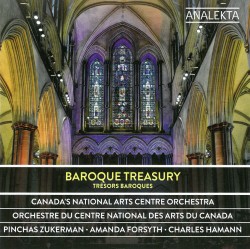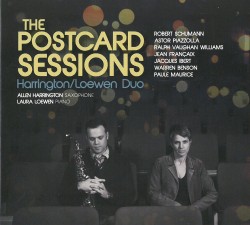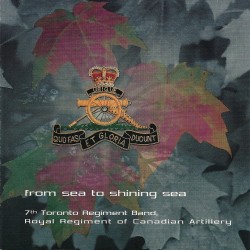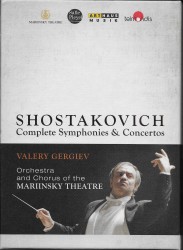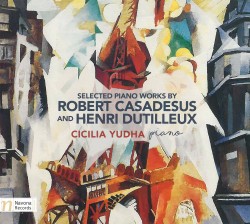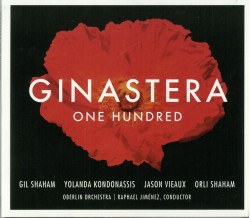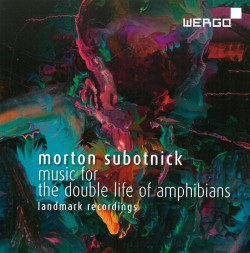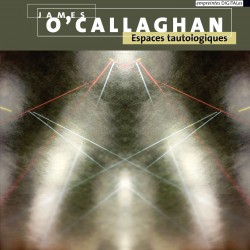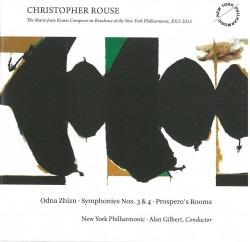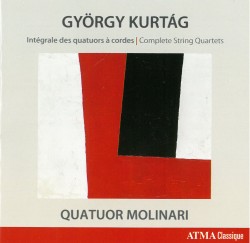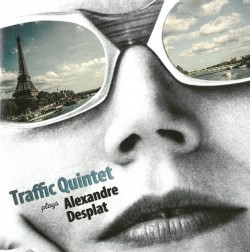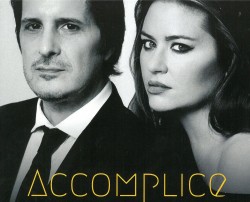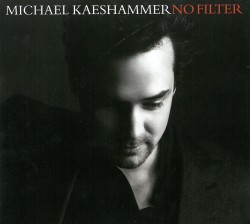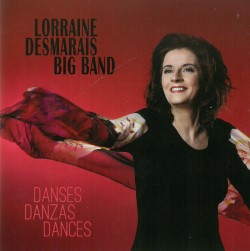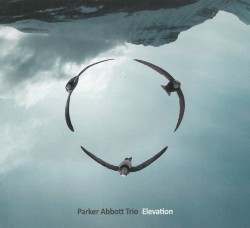Michael Nyman: The Man Who Mistook His Wife For A Hat - Trevino; Sjowall; MacPherson; Nashville Opera; Dean Williamson
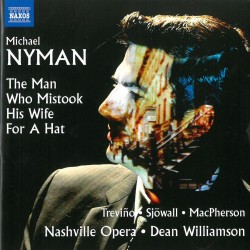 Michael Nyman – The Man Who Mistook His Wife For A Hat
Michael Nyman – The Man Who Mistook His Wife For A Hat
Trevino; Sjowall; MacPherson; Nashville Opera; Dean Williamson
Naxos 8.660398
Michael Nyman is a composer particularly suited to opera writing. His understanding of drama has been honed through an impressive number of film soundtracks, ranging from Drowning by Numbers and several more of Peter Greenaway’s movies, including The Cook, The Thief, His Wife and Her Lover, to a brand new score for Sergei Eisenstein’s silent masterpiece Battleship Potemkin. It is a shame then, that he has attempted the operatic idiom only seven and a half times (the “half” is an unfinished opera based on Laurence Sterne’s Tristram Shandy). Furthermore, unlike his film music, Nyman’s operas are not easily available commercially. So it was with a sense of excitement that I approached this disc. Based on a famous case study by the celebrated neurologist, Oliver Sacks, this is a story of a patient with visual agnosia, or object-word confusion. He does indeed call his wife “a hat,” that famous line being used by Sacks’s critics to highlight his less-than-ethical approach to patients’ consent: “The doctor, who mistook his patients for a literary career.”
Nyman, the musician, does not disappoint here – the taut, short score is indeed minimalist (Nyman is credited with inventing this musical term in 1968) and punctuates the dramatic arc perfectly. The only disappointment is the soprano voice of Rebecca Sjöwall as the wife of the title, whose blunt instrument is in a different category from the other principals. Still, this is a rare recording of an important work.


